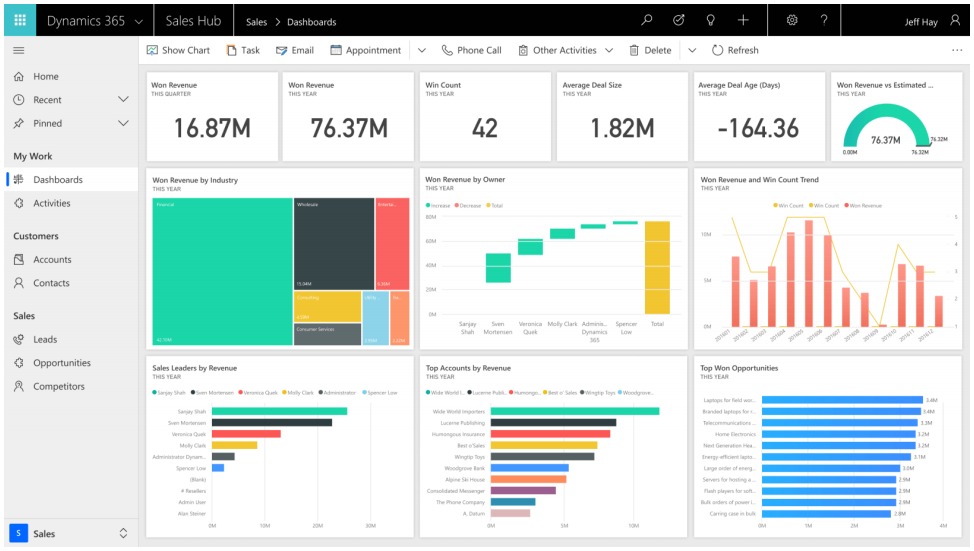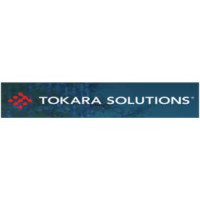The Ideal CRM Migration Timeline: What to Expect at Every Stage

Strong 8k brings an ultra-HD IPTV experience to your living room and your pocket.
Migrating to a new Customer Relationship Management (CRM) system is a significant step in optimizing business operations. Whether you are upgrading to a more scalable platform or moving away from a legacy system, a smooth CRM transition hinges on preparation, expertise, and a structured timeline. Understanding what to expect throughout the migration process can reduce risk, minimize disruption, and ensure long-term success.
A well-planned CRM migration service is built around best practices refined from years of hands-on experience. In this article, we will walk you through a standard CRM migration timeline and explain what to expect at each stage.
Stage 1: Pre-Migration Planning (2–3 Weeks)
A successful CRM migration starts with strategic planning. During this phase, the migration team evaluates your current CRM environment, identifies pain points, and defines business goals.
Key Activities:
- Assess existing data structures and field mappings
- Document system dependencies and integrations
- Identify data to retain, clean, archive, or eliminate
- Define key stakeholders and assign roles
- Select the ideal CRM platform for your future needs
The goal is to create a migration roadmap that outlines deliverables, risks, timelines, and contingency plans. A strong CRM migration service ensures every stakeholder is aligned before any data is moved.
Stage 2: Data Preparation and Cleansing (2–4 Weeks)
Clean data is the foundation of any effective CRM migration. Before exporting data, it is essential to audit its quality. Inconsistent, incomplete, or duplicate records can undermine the success of your new system.
Key Activities:
- Identify and resolve data redundancies
- Standardize naming conventions and formats
- Remove outdated or irrelevant entries
- Establish rules for deduplication and normalization
With the help of structured tools and data management practices, you can clean and structure data effectively—ensuring your new CRM starts with high integrity.
Stage 3: System Configuration and Customization (2–3 Weeks)
Once your data is prepped, it is time to configure the new CRM. This phase involves adapting the platform to match your business processes and workflows.
Key Activities:
- Configure fields, modules, and layouts
- Set up user roles, permissions, and access controls
- Customize dashboards and reports
- Create workflows and automation rules
- Integrate with third-party tools or internal systems
A reliable CRM migration service will ensure the system not only matches the functionality of your old platform but also introduces improvements for efficiency.
Stage 4: Migration Execution and Testing (2–4 Weeks)
Now comes the core of the project—transferring data from your legacy CRM to the new system. It is critical that this process is handled with precision.
Key Activities:
- Perform a test migration with a data sample
- Validate data mappings and accuracy
- Monitor for missing or incorrectly migrated fields
- Adjust and rerun as needed
- Execute the full migration
A phased testing approach helps validate every step of the process before completing the live migration. A dependable CRM migration service is designed to minimize downtime and ensure data fidelity.
Stage 5: User Training and Change Management (1–2 Weeks)
Even the best CRM system is ineffective without proper user adoption. After the data is migrated, employees must be trained to use the new system confidently.
Key Activities:
- Conduct user-specific training sessions
- Provide documentation and quick-start guides
- Gather feedback and address concerns
- Establish champions for internal support
A strong change management strategy boosts morale and accelerates adoption. The best CRM migration services include support for team onboarding and long-term enablement.
Stage 6: Post-Migration Support and Optimization (Ongoing)
Once the new CRM is in place, it is vital to monitor performance and continue optimizing based on user feedback and business objectives.
Key Activities:
- Monitor system performance and user activity
- Troubleshoot issues quickly
- Adjust workflows or automations
- Refine reports and dashboards
- Plan for periodic reviews and enhancements
The most successful CRM migration services provide ongoing support to ensure the system evolves alongside your business.
Why Work with Tokara Solutions?
As a trusted provider of CRM consulting and integration services, Tokara Solutions delivers seamless, secure, and strategic CRM migrations. Our approach includes:
- Full-service CRM migration service with end-to-end support
- Expertise in SugarCRM, Salesforce, and legacy system transitions
- Data integrity checks, sandbox testing, and rollback contingencies
- Custom training and onboarding for your team
Whether you are migrating to modernize, integrate, or scale, Tokara ensures that every stage is handled with precision.
Final Thoughts
A well-planned CRM migration timeline sets your organization up for long-term success. By knowing what to expect—and working with an experienced CRM migration service provider—you can navigate the transition with confidence, ensuring a powerful and future-ready CRM platform.
Note: IndiBlogHub features both user-submitted and editorial content. We do not verify third-party contributions. Read our Disclaimer and Privacy Policyfor details.



